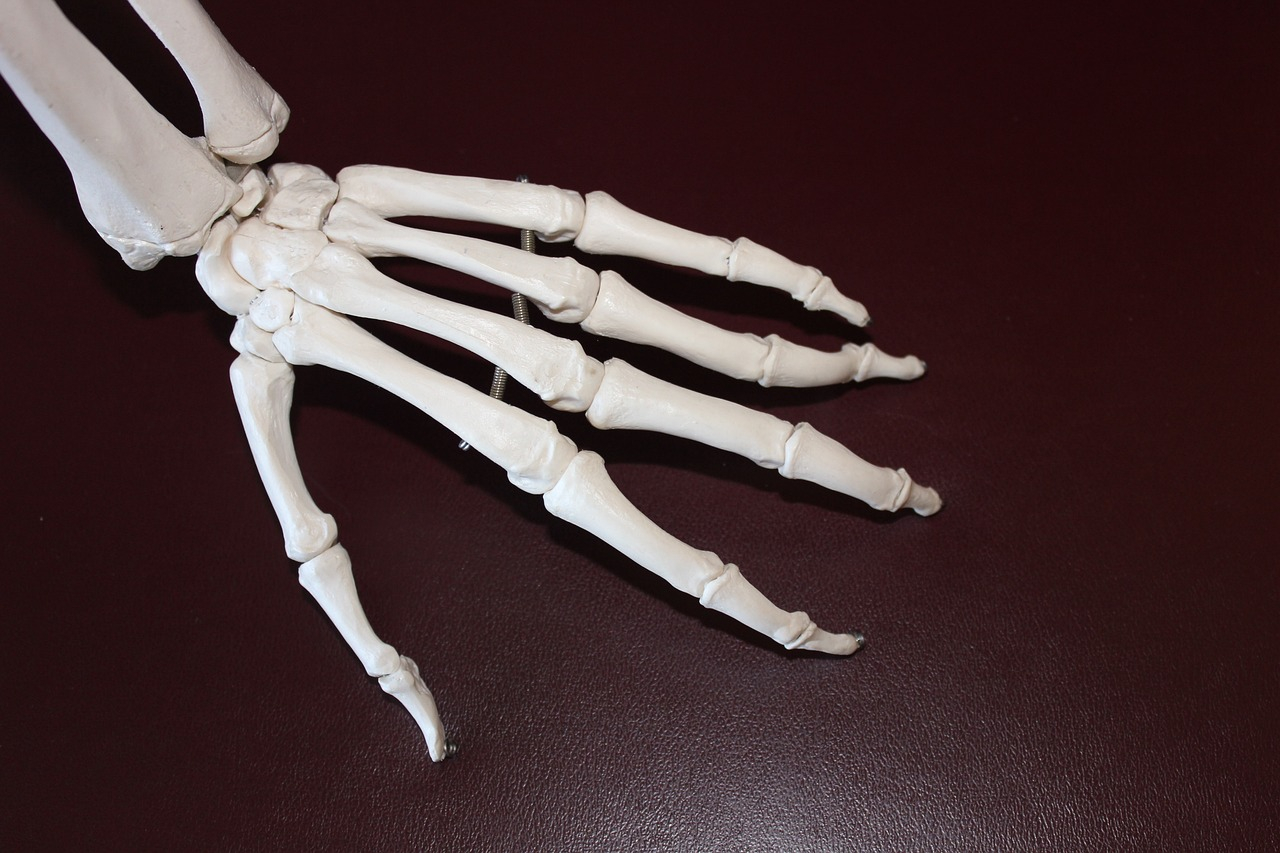Breakthrough development in bone regeneration
The idea for the synthetic bone came to Willett during his time working with orthopedic surgeons at Mount Sinai Hospital in Toronto. His exposure to patients suffering from large bone defects that couldn’t heal naturally sparked the realization that traditional bone grafts were inadequate for these complex cases. While simple bone fractures typically heal on their own, patients with bone cancer or severe trauma often require more significant interventions, such as full bone replacements or extensive grafts, which present greater challenges.
This gap in medical treatment inspired Willett and his colleagues to pursue a groundbreaking approach. The team developed a 3D-printable biocompatible substance that can be molded to match a patient’s specific needs. “One advantage is that our material doesn't contain any cellular material, so we're not going to have a rejection, like you would have with an organ,” Willett explained. This crucial feature significantly reduces the risk of complications, making it an attractive option for patients.
The science behind the material
The synthetic bone is composed of a nanocomposite material that mimics the natural composition of bone. According to Elizabeth Diederichs, a PhD student working on the project, the material combines biopolymers derived from sources like soybean oil with hydroxyapatite, the same mineral found in human bones. The biocompatibility of this material ensures that it integrates well with the body’s natural processes.
The unique aspect of this synthetic bone is that it is designed to dissolve over time as the patient’s body regenerates natural bone. This gradual replacement process eliminates the need for multiple surgeries, a key benefit that could dramatically reduce healthcare costs while improving patient outcomes. Maud Gorbet, another professor of biomedical engineering at the University of Waterloo and a key member of the team, noted, “It’s going to likely help improve quality of life and also reduce health care costs.”
The material itself has a consistency similar to pancake batter, making it easy to mold and 3D print into the necessary shape. This flexibility in design is crucial for personalized medicine, allowing doctors to create bone implants tailored to each patient's unique anatomy.
The road ahead: from laboratory to clinical trials
The team at the University of Waterloo has spent nearly five years developing and refining the synthetic bone material, overcoming numerous technical challenges along the way. One of the key hurdles was ensuring that the material would be strong enough to support the weight of the human body in cases where it might replace large sections of bone. Although they are currently only printing smaller bone fragments and skull sections for testing purposes, the ultimate goal is to scale up the technology to accommodate larger and more complex bone structures.
However, there is still a long way to go before this technology becomes widely available in clinical settings. Willett estimates that it could take at least another decade and millions of dollars to bring the material to hospitals for widespread use. Securing funding and navigating the lengthy clinical trial process will be essential steps in the journey toward commercialization. Nonetheless, the team remains optimistic about the future of this innovative material. “This technology is fairly new, so as it’s building, we’re getting more and more capabilities of what we can do with it,” Diederichs stated, hinting at the potential for even more advanced applications down the line.
The development of this synthetic bone material represents a significant leap forward in the field of biomedical engineering. By addressing the challenges faced by patients with severe bone defects, the team at the University of Waterloo is offering hope for improved treatment options and a better quality of life. While it may take years before this technology reaches its full potential, the progress made so far is a testament to the power of innovation in the medical field. As the team moves toward clinical trials and scaling up the project, the future of bone regeneration looks promising, with the potential to transform the lives of patients worldwide.
source: CTV News


 Starting this week, the Canada Border Services Agency (CBSA) has begun sharing selected vehicle export information with trusted partners. This
Starting this week, the Canada Border Services Agency (CBSA) has begun sharing selected vehicle export information with trusted partners. This Visual content is essential for capturing audience attention and conveying your brand message effectively.
Visual content is essential for capturing audience attention and conveying your brand message effectively.
 n the arena of digital advertising and sales, a powerful email series can be the key to nurturing leads, final
n the arena of digital advertising and sales, a powerful email series can be the key to nurturing leads, final

